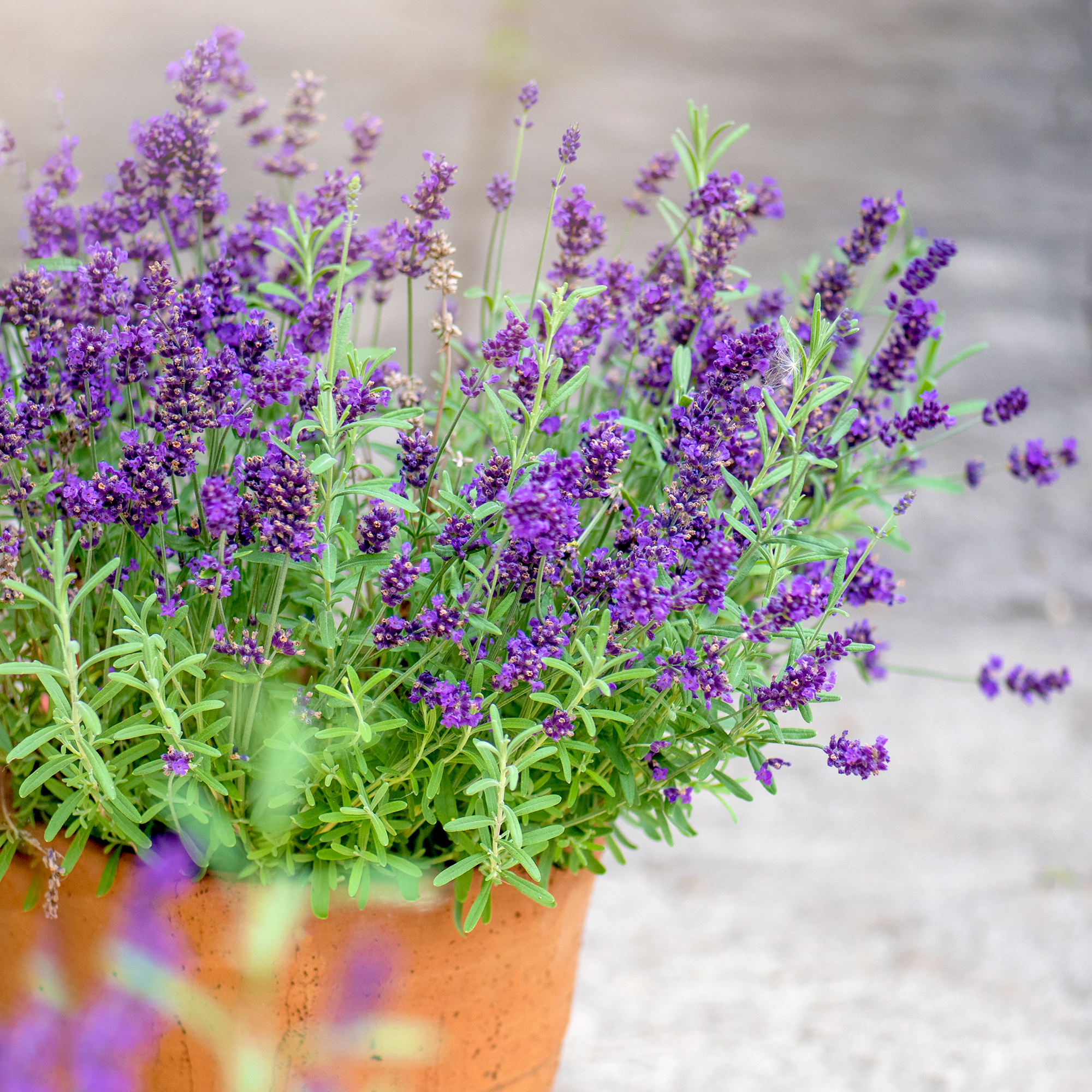
We love knowing the easiest ways to get gardening, so learning how to grow lavender from seed is right in our lane.
We're in something of a lavender haze right now (and not just because of the Taylor Swift tour frenzy). The fragrant plant is taking over not just our gardens, but also our social media timelines. So if you're ready to get involved, here's how to grow the flowering shrub of the moment straight from the seeds that you've either purchased, or dried seed heads from cuttings.
How to grow lavender from seed
Lavender is a perennial, so by putting in a little bit of time to grow your own lavender from seed, you could be enjoying the same plant for many years to come. You will need a little bit of patience to grow lavender- but it will be worth it.
What time of the year do you plant lavender seeds?

You've got a pretty wide timeline for when to start to grow lavender from seed. Unlike some plants which have a strict couple of weeks that they must get gowing in, this beauty is a bit more relaxed.
In fact, nearly any time in the first half of the year should be fine. 'Your best chances will be to sow your seeds between February and July,' agrees David Mitchell, the Garden Buying Manager at Homebase.
If you're planting indoors rather than out, then you should plant earlier. ‘Start your lavender seeds indoors 8-10 weeks before the last frosts,' recommends gardener Sarah Raven. 'Do not cover the seeds as light is required for germination.'
How to plant lavender seeds
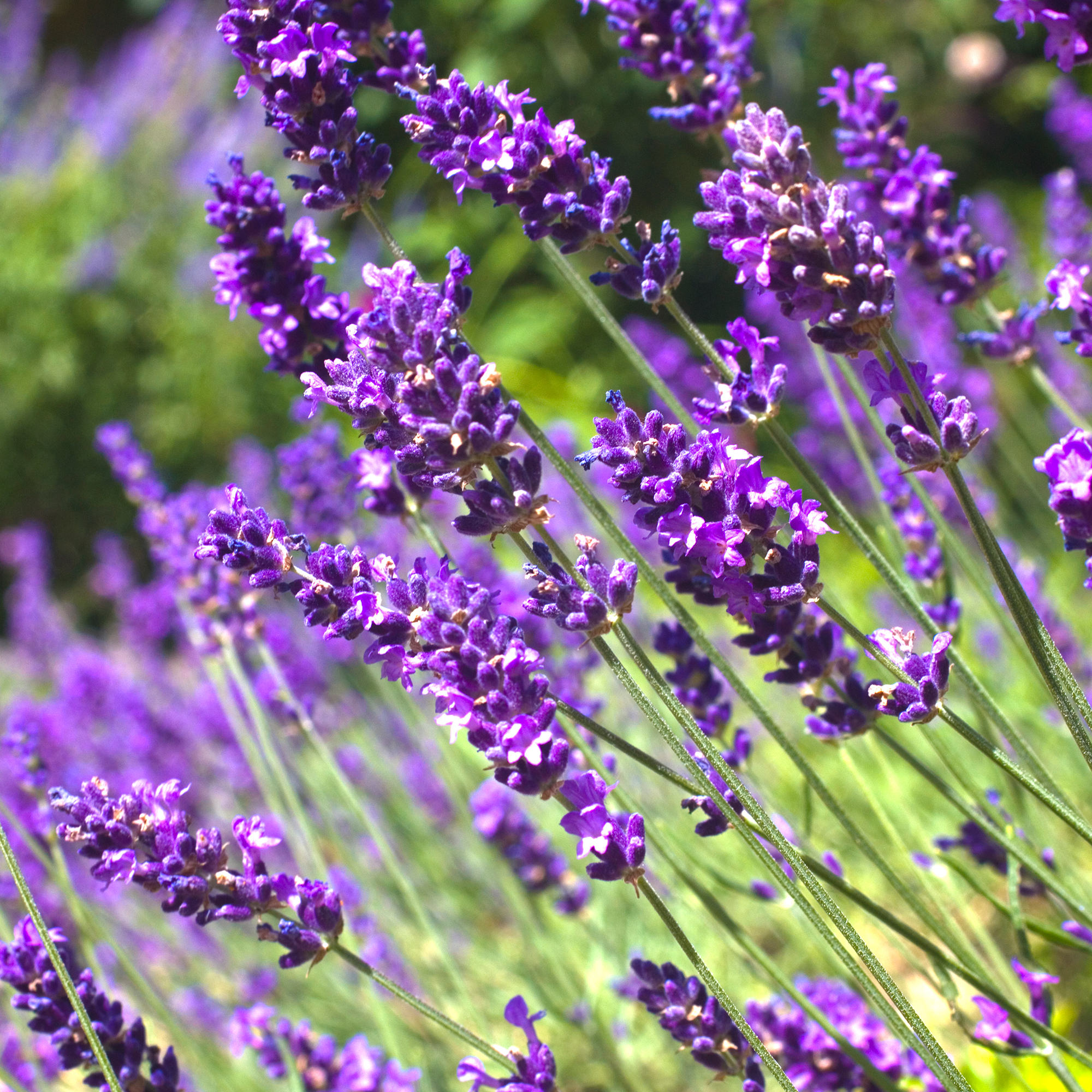
There are two main methods when you're looking at ways to grow lavender from seed. The traditional approach is in compost.
'Pop your seeds on the surface of moist compost and top with a little bit of vermiculite for an extra chance at success,' says David from Homebase. 'We recommend keeping them at around 22 degrees by sealing them in clear bag.'
'Your containers should have large drainage holes and be sure not to over water,' adds Sarah Raven. 'Water at regular intervals and let the water drain to ensure your lavender doesn’t have soggy roots.'
Within about three weeks you should see germination beginning, as long as you keep the compost damp and the plant warm. 'If seedlings haven’t appeared after 4 weeks, move to a cooler position for 4 weeks and then back to warmth,' advises Sarah.
Do you soak lavender seeds before planting?
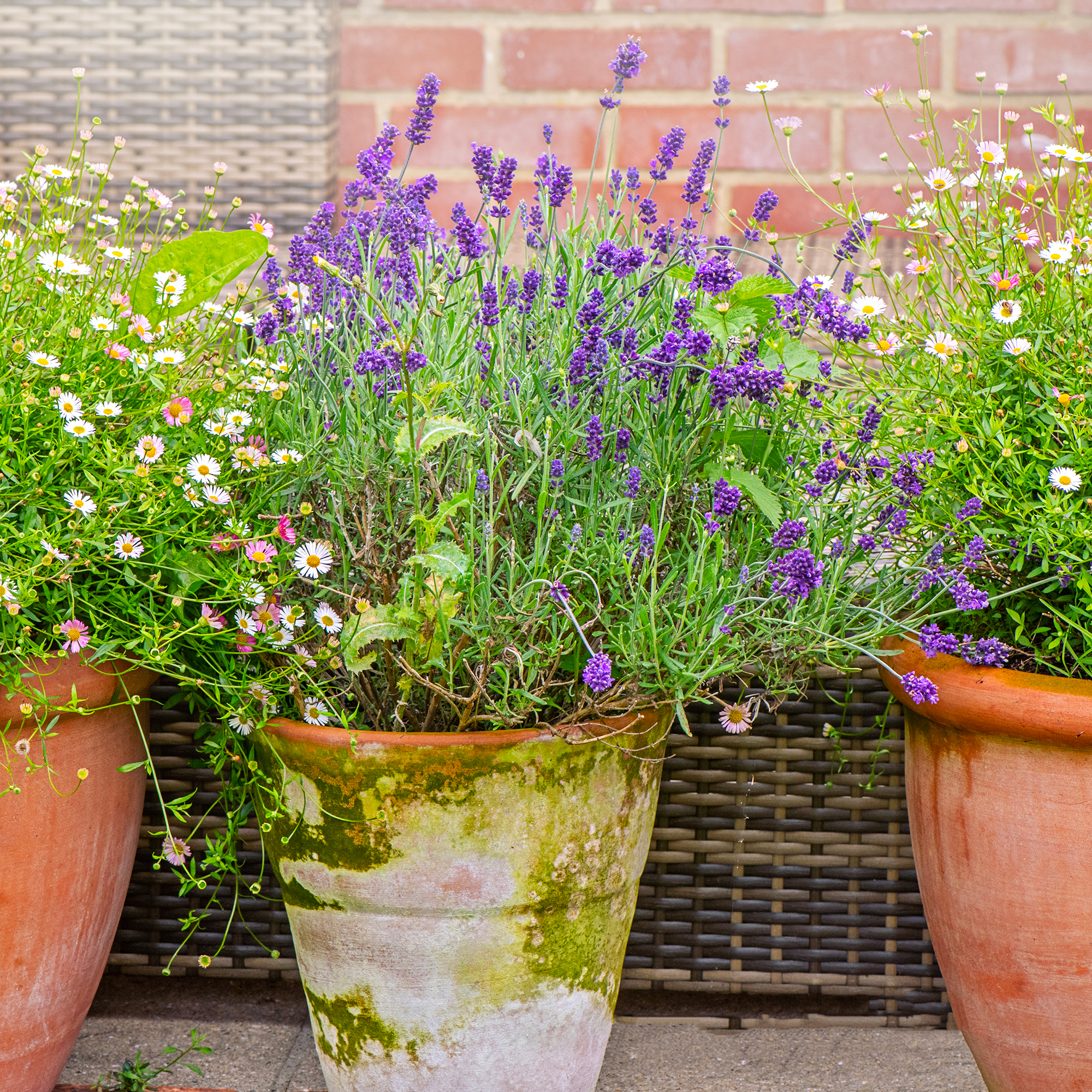
The other way is the wet paper towel method. As well as being very easy, it's a sweet project to get the kids involved with, too.
'If you’re looking for a low maintenance way of growing lavender, you can pre-soak your seeds in water and place them on a damp paper towel,' explains David from Homebase. 'Make sure to pop them on a windowsill with lots of sun and you should see sprouts in a couple of weeks!'
What to do after sprouting
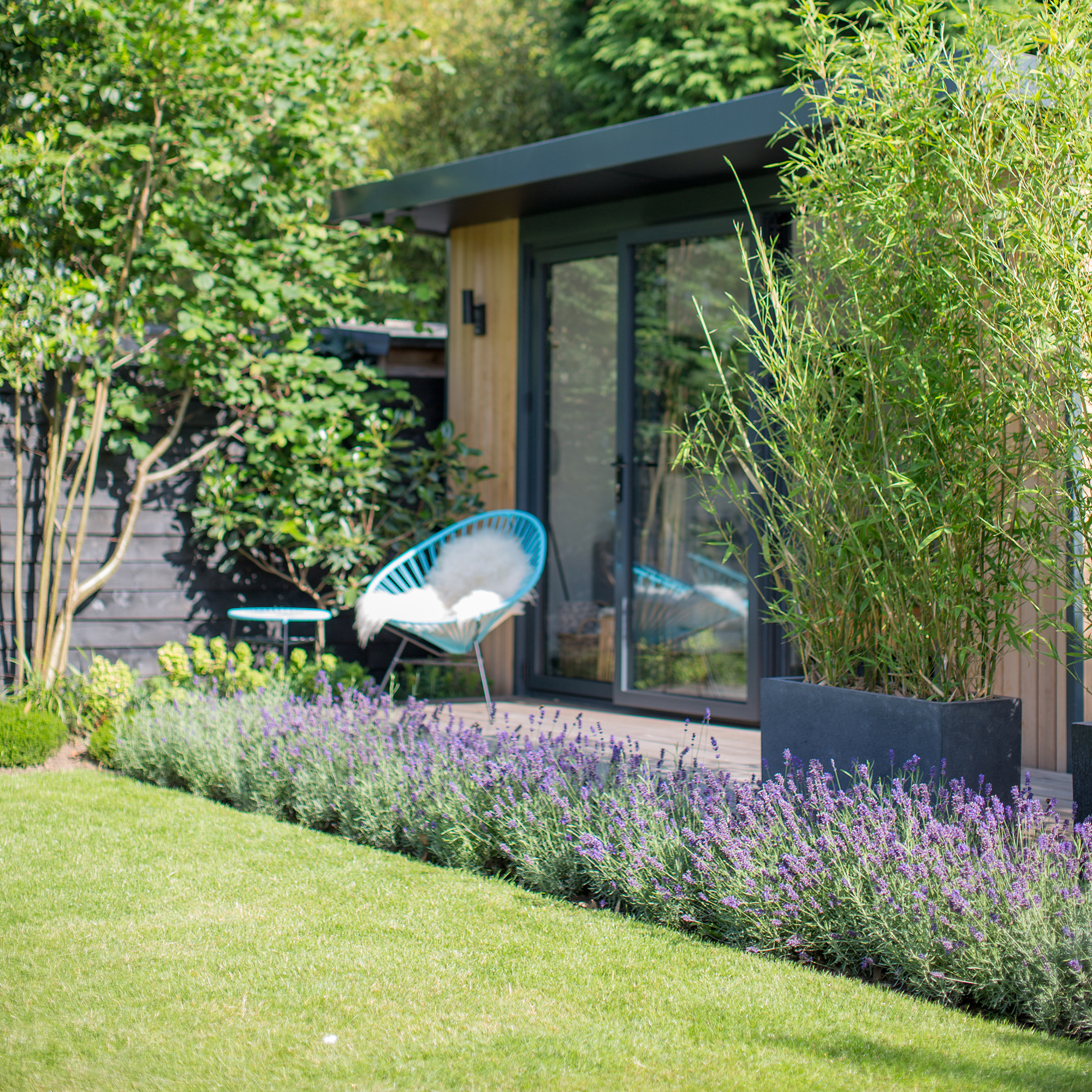
Once your lavender plant has started sprouting you can get a bit more creative. 'Once they get large enough to move, repot them and try to keep them in sunnier areas of your garden,' suggests David.
'Oddly enough it’s best to then keep them dry when they are established to avoid dreaded root rot, so use a well-drained soil. Make sure you know how and when to cut back lavender to keep the plant healthy.'
Caring for your lavender
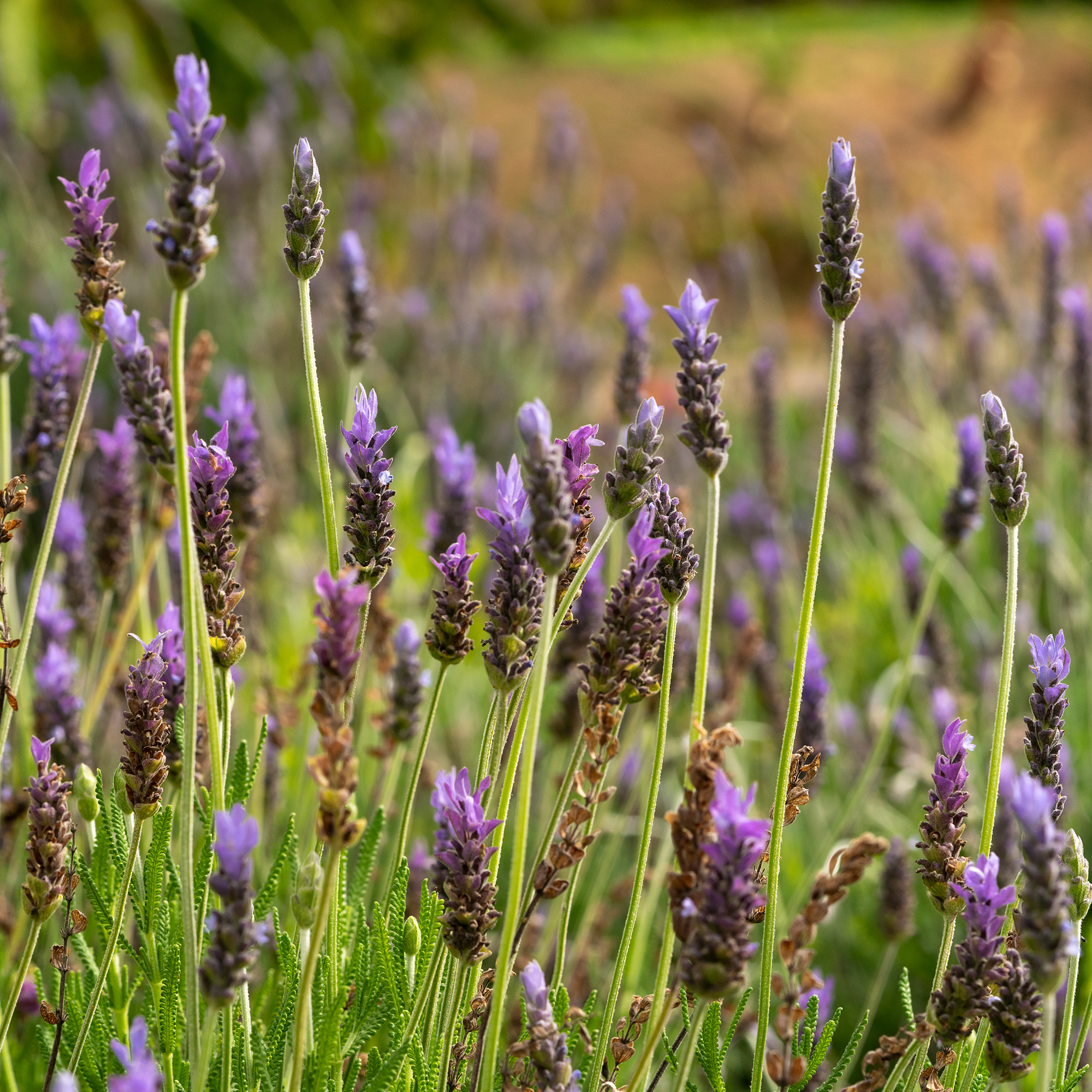
Whether it's lavender you've grow from seed or if you've worked out how to propagate lavender, care is the same.
'You should water and feed the plants well in the summer and deadhead to encourage a second flush of flowers,' explains Sarah Raven. 'Lift the plants and pot them up inside before the frost, cutting the top growth back by one third as you do so.'







